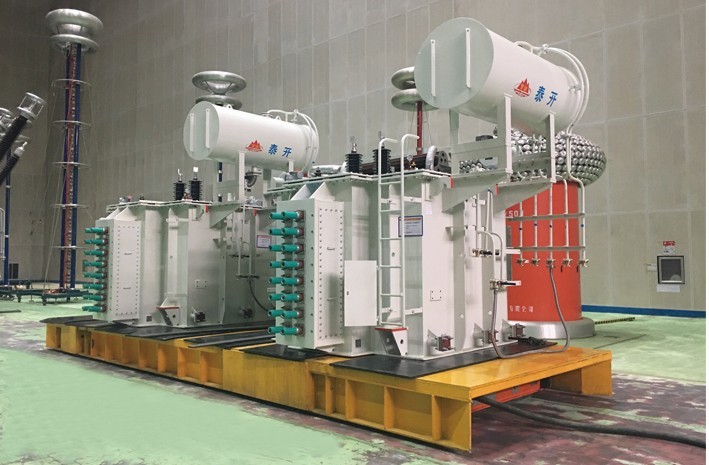Understanding Furnace Transformers: Essential Insights for Electrical Engineers
Release time:
2025-08-19
Author:
Source:
Furnace transformers are specialized electrical devices designed to supply the necessary voltage and current to electric furnaces.
Furnace transformers are specialized electrical devices designed to supply the necessary voltage and current to electric furnaces. They play a crucial role in the operation of various types of industrial furnaces, including arc furnaces and induction furnaces, which are commonly used in metal production and casting processes. Understanding the functionality and importance of furnace transformers is essential for electrical engineers and industry professionals.
At their core, furnace transformers convert high-voltage electrical energy into lower voltages suitable for furnace operation. This transformation is vital because electric furnaces require specific voltage and current levels to reach and maintain the high temperatures needed for processes like melting metals. The transformers ensure that the furnaces receive a stable power supply, which is critical for both efficiency and safety.
One of the key features of furnace transformers is their ability to handle heavy loads. They are designed to withstand the high inrush currents that occur when a furnace is first energized. This is essential because electric furnaces can draw a substantial amount of power, and the transformer must be capable of supplying this power consistently without overheating or failing. Additionally, furnace transformers often include tap-changing capabilities, allowing for voltage adjustments to accommodate different operational demands.

Another important aspect of furnace transformers is their cooling mechanisms. Due to the high thermal loads associated with electric furnaces, these transformers are typically equipped with cooling systems, which may include oil or air cooling. Effective cooling is vital to maintain operational efficiency and prolong the lifespan of both the transformer and the furnace.
In terms of maintenance, regular inspections and testing are crucial to ensure the reliable operation of furnace transformers. Electrical engineers should monitor for signs of wear and tear, overheating, and any unusual noises that may indicate potential issues. Maintaining optimal operating conditions not only enhances the efficiency of the furnace but also minimizes downtime and repair costs.
Furnace transformers also play a vital role in energy efficiency. By providing the correct voltage and current, they help optimize the energy consumption of electric furnaces, reducing waste and contributing to sustainability goals within industrial operations. As industries increasingly focus on reducing their carbon footprints, efficient transformer operation becomes even more critical.
In summary, furnace transformers are indispensable components in the electrical engineering field, specifically for applications involving electric furnaces. Their ability to transform voltage, handle heavy loads, and contribute to energy efficiency makes them a focal point for engineers and industry professionals. Understanding their function and maintenance requirements can greatly enhance operational success in various industrial settings.
Key words:
Furnace transformer
Next:
Next:
Latest News



